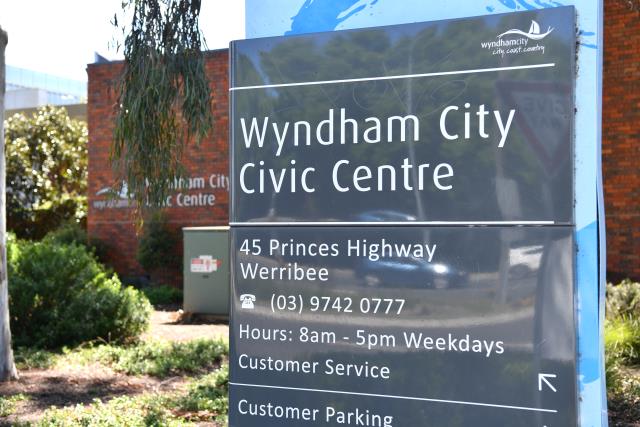POORLY planned housing estates in outer areas like Wyndham could prevent them adapting to future needs, according to a new report.
While new suburbs in Melbourne’s growth areas are doing a better job of meeting the needs of today’s residents, an independent report from the Grattan Institute suggests complex zoning laws, monotonous housing and single-ownership town centres will prevent city-fringe suburbs from being rejuvenated as the population evolves.
The report, Tomorrow’s Suburbs, released last week, found the ad-hoc planning legacy of older inner-city areas made them more flexible to change, assisting urban renewal in recent years.
“The interweaving of residential buildings and commercial premises created mixed-use neighbourhoods that gave residents easy access to a range of shops and services . . . a diverse range of building types, including former factories and warehouses, enabled the conversion of existing structures to new uses.”
But communities being established in greenfield areas lacked these qualities. The report said new suburbs were designed with uniform lot sizes, free-standing houses and strict separation into commercial, residential and other uses. Covenants restricted changes in land use. Curved, branching streets ending in cul-de-sacs made these suburbs harder to navigate and streets less flexible to change.
Committee for Wyndham executive director Nik Tsardakis said the report raised important planning issues for growth areas. “It’s a discussion we have to have, and this is based on the move towards megacities like Melbourne is becoming and Wyndham is a part of it.”
Mr Tsardakis commended Wyndham Council’s forward planning for urban renewal, which, he said, set the region apart from other greenfield areas. “The town centre study, for example, brings those broader mixed-use zones which will help allow for renewal, and there’s many multipurpose facilities – community facilities – that are right on track, which are very much buildings that can be adaptable to forms the community needs.”
Wyndham’s acting CEO, Bill Forrest, said council was working with the Planning Department and GAA to address issues raised. “These issues include promoting greater housing diversity, keeping road networks adaptable and getting a greater mix of uses in activity centres. Curved, branching streets ending in cul-de-sacs are no longer being constructed and there is a degree of flexibility in uses allowed in residential zones.”
The report found a shortage of public transport left residents heavily dependent on cars.
Mr Tsardakis said the most pressing planning issues in newer estates were transport and mobility. He said the 3000-hectare Werribee South food bowl, Point Cook’s wetlands and the Werribee Technology Precinct also gave Wyndham an advantage in planning for the future by securing large areas of open space.






